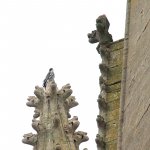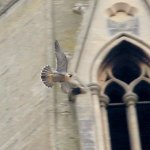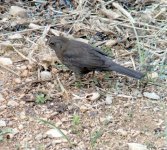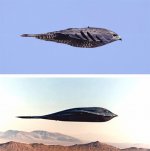This morning 3a.m.
Fox owns the street, looks good in binocular.
Street rubbish bin not emptied in three days, so full. Fox got several bags out, maybe some food as he was stretched out on the road. Rather daft I thought as cars are still around at night.
Got a good photo. G15 0.3 sec f/2.8 140mm equivalent. 1600 ISO. Fox looking back over shoulder when stretched out on the road.
One other quite good but walking away not forward. Others blurred due to fox movement.
Although only distance glasses yesterday afternoon as too big for a binocular.
Bright colourful circumzenithal arc at 70 degree elevation. Got good photos.
Knocked on neighbour's door and brought parents and 6 year old daughter out.
They were pleased I did, as it is doubtful they have ever seen this halo before.
The wife pointed out a very bright coloured left sundog. No right side one.
Cirrus 25,000 ft but cloud at 3,600 ft and 6,000ft obscured some phenomena.
Even some lifelong astronomers have not seen this, as one asked what he had seen from Spain.
It is pretty common here, 12 to 20 a year.
The problem is nobody looks up overhead.
Whenever I see suitable cloud conditions I look overhead.
It looks like a rainbow almost overhead.
Sundogs 20 to 30 a year.
Partial 22 degree arcs 15 to 20 times a year. Complete rings rarer, but also around the Moon.
46 degree arcs very rare, 1x year?
I saw a full sky halo display and it was better than any aurora I have seen, and that is hundreds.
It is one of nature's most wondrous events.
Antarctica best for this. Also Nordic countries and maybe Canada?
Yesterday in a general 35mm wide angle shot is a small very streamlined bird, caught unknowingly.
It was flying fast and I think that it is a pigeon.
It looks a bit like a B2 bomber side on.
I took a photo some years ago of an even more streamlined small bird flying fast and that looked even more like a B2.
Today just crows.
B.













